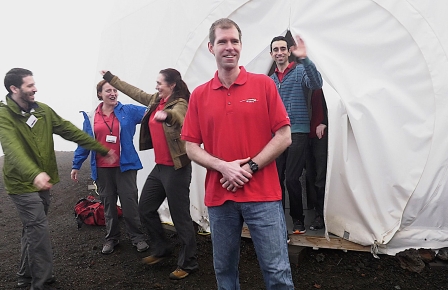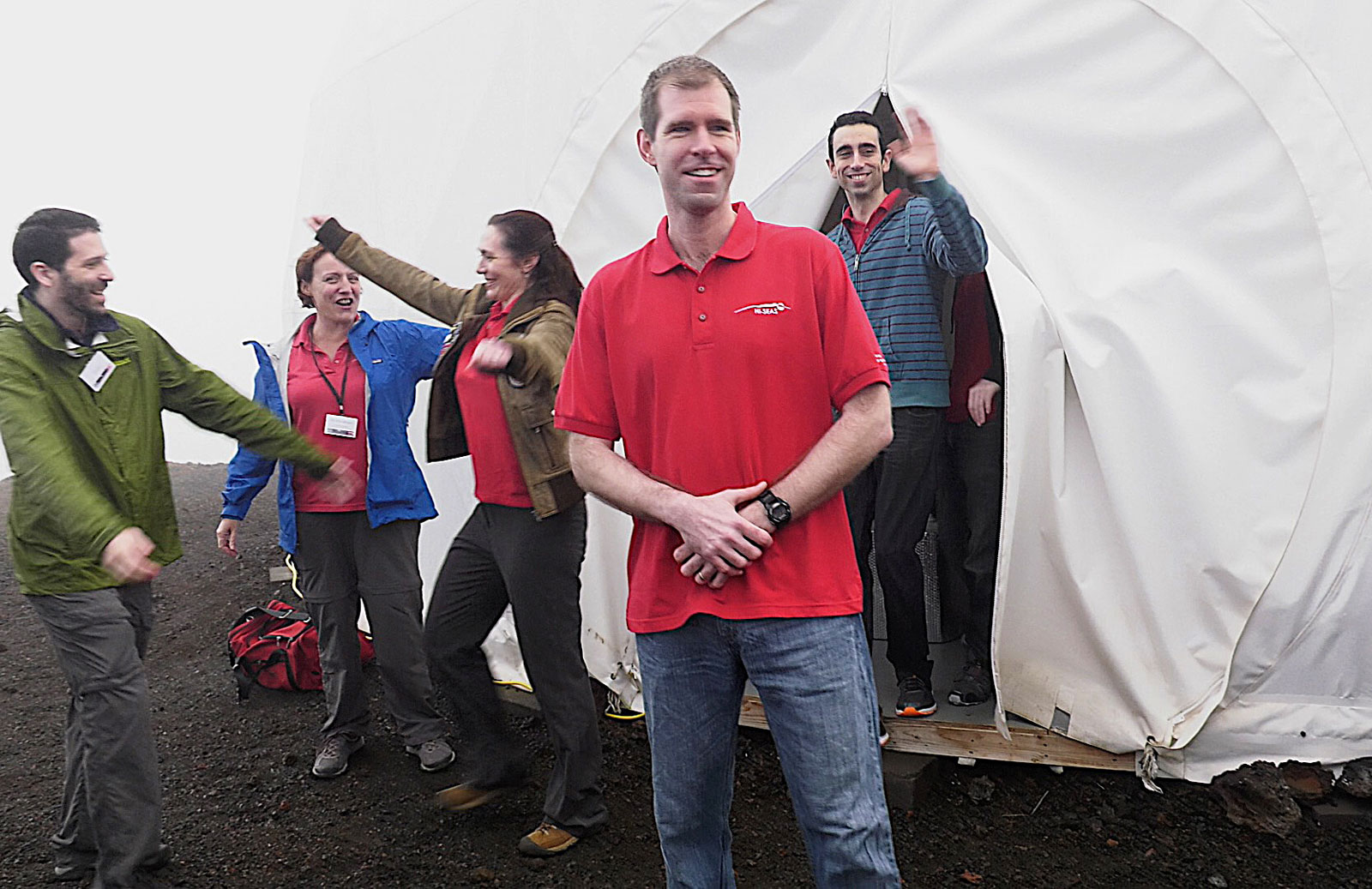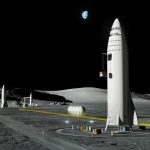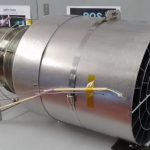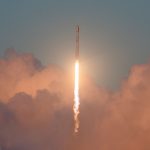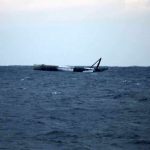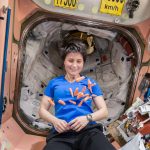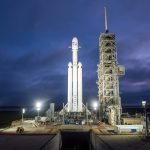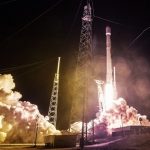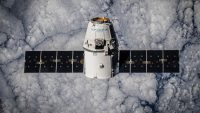Simulated Mars mission ends its year-long experiment
A NASA-backed, year-long simulation of living on Mars has finally come to a close. The six people in the HI-SEAS (Hawaii Space Exploration Analog and Simulation) experiment have left their dome on Mauna Loa to rejoin the rest of society. The test shows that a team can maintain performance, resource gathering and social graces while spending long periods in the relative isolation necessary for a Mars mission, whether it’s a temporary stay or a full-fledged colony. For example, the crew demonstrated that you can extract water from ground that appears to be dry — important when astronauts would likely have to ration water carefully.
The conditions weren’t nearly as harsh as they would be on Mars, of course, but there were strict limitations. Participants could only leave the dome if they had a spacesuit on, for instance, and they had to survive on simple food (usually canned or powdered). Entering the dome was, psychologically, much like leaving Earth — they were cut off from the luxuries of home for much longer than your average camping trip.
This isn’t the last HI-SEAS mission. NASA has offered grants that will keep the experiment going through 2019, and recruiting is already underway for the next two stays. Even so, this extra-long test (there were previous 4- and 8-month stays) is already a big confidence booster. Its data will help NASA tweak its strategies for supporting long-endurance space missions, whether it’s the mix of supplies they need to bring or a choice of personalities that mesh well together.
(86)

